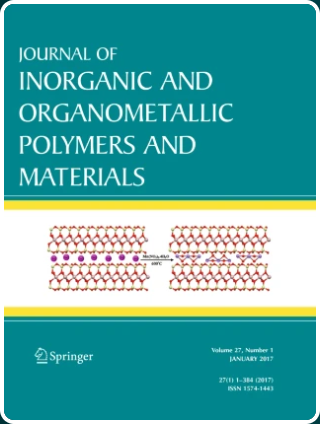Fabrication and Solidification Kinetics of Thin Polyethylene Films via Thermally-Induced Phase Separation (TIPS) with Well-Controlled Thickness
Abstract
In the realm of battery separator membranes, polyethylene microporous membranes hold significant promise due to their high density, robust mechanical properties, and eco-friendliness. Thermally-induced phase separation (TIPS) stands out as a crucial technique for fabricating polyolefin microporous membranes. Existing research has predominantly focused on leveraging TIPS technology to enhance the electrochemical performance of such membranes, overlooking a comprehensive grasp of the film formation process within TIPS. This study delves into the detailed TIPS film formation process of a high-density polyethylene (HDPE)/dioctyl phthalate (DOP) film-forming system. Based on experimental findings, there existed a discernible relationship among the blade coating thickness (δs), HDPE mass fraction (ωH), and final film thickness (δf). When δs is determined, δf exhibits an initial increase followed by a subsequent decrease as ωH increases. Infrared thermal imaging (ITI) technology was employed to in-situ track the location of phase interface in the HDPE/DOP system, revealing that heightened film scraping thickness and increased HDPE content jointly led to a gradual deceleration in the system’s cooling rate. The utilization of a four-parameter model (FPM) to fit the cooling curves of the HDPE/DOP melt blend under 20 °C quenching in air conditions displayed an exceptional degree of conformity (with all regression coefficients exceeding 0.99). Parameter D in FPM was influenced not only by the polymer property but also by ωH and δf, and our findings revealed that with ωH set at 30% and δs at 200 μm, parameter D approached a value of 4. The present work advances the current comprehension of the formation process of HDPE TIPS films and furnishes pivotal insights for optimizing the thermodynamics and process variables essential for solidification of HDPE TIPS films in practical applications.


 求助内容:
求助内容: 应助结果提醒方式:
应助结果提醒方式:


